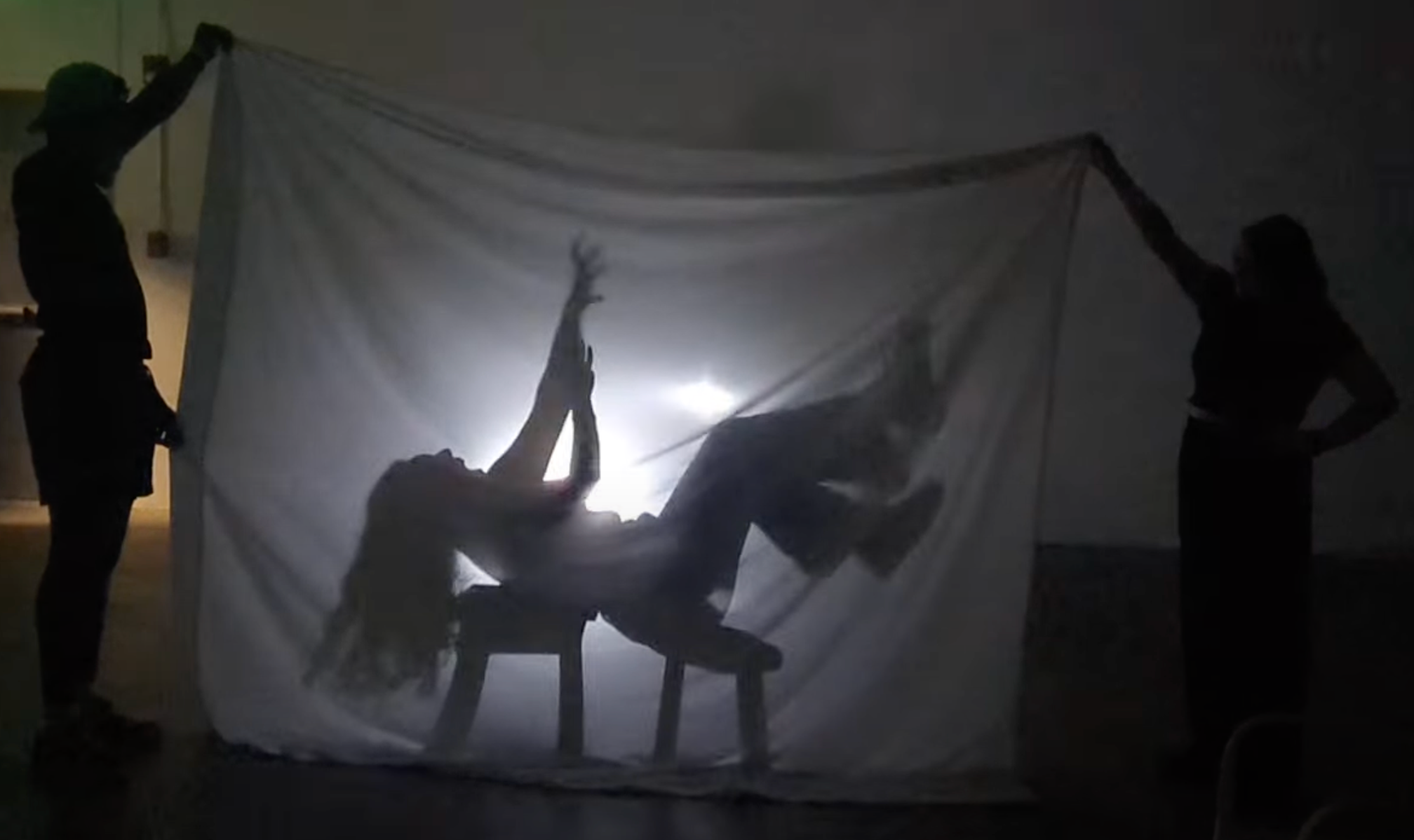Copyright Westword

Last summer, while sitting with a small group of friends swapping ideas for short devised theater pieces, Caden Pazo landed on a phrase that wouldn’t let go: “how to starve an artist.” It was meant as a creative prompt, but within days, he and collaborator Levi Franklin began to realize that those five words contained a larger story about their generation’s experience. “A week and a half later, I looked at Levi and said, ‘We could probably turn that one sentence into a whole show,’” Pazo recalls. “And that’s what led us to fill out the application for the Dairy’s co-production program and then eventually get the grant to do this project.” Now, that idea has become How to Starve an Artist, a devised theater performance running Friday, November 7, and Saturday, November 8, at the Dairy Arts Center’s Gordon Gamm Theatre. The world premiere, part of the Dairy’s new co-production program, brings together eight Colorado-based Gen Z theater-makers to explore a simple but pressing question: Can the artist endure? Using interviews, poetry, shadow puppetry, music and movement, the collective turns the real words of 31 young artists into an hour-long reflection on what it takes to be a creative in 2025. The answer, according to Franklin, “is artists will keep creating no matter what, because it’s part of human nature. Whether or not that art is supported, nourished, funded or given time or access is a different conversation.” For Pazo and Franklin, both graduates of MSU Denver, the show also marks the realization of a long-deferred dream to create art on their own terms. “I was feeling this need to produce my own art,” Pazo says. “When I saw that opportunity for the co-production program, I felt like it was a sign from the universe.” Launched in 2024, the Dairy’s program provides emerging artists with funding, professional space and technical support that made it possible for this young team to take their concept from living-room rehearsals to a full theatrical production. Before that support came through, How to Starve an Artist existed mostly as a communal exercise. After college, Pazo and Franklin wanted to preserve the collaborative energy they’d found in their student productions. “In college, you have a tight-knit group and you’re all working on shows,” Franklin says. “Then you graduate, and everyone moves on. However, most of our cohort stayed in the Denver area, and we thought, ‘Hey, we still have this community. Let’s keep devising together and keep our skills up,’ and that group is where the prompt for this show originally started.” When their proposal was accepted as one of the inaugural co-productions at the Dairy, they assembled a team of eight devisers and set out to build a show grounded in the realities of their peers. They began by interviewing 31 artists between the ages of 18 and 27, asking variations of the same central question: What makes you keep creating, even when the world seems stacked against you? The responses became the backbone of the piece. Many of the artists stated that the only thing that could stop them was “death,” or, as one quipped, “Maybe if I went to prison, but I could also draw in prison.” Others reflected on how social media, climate anxiety and financial instability shape their creative lives. “We wanted to look at Gen Z artists who are growing up in this environment of never knowing life without the internet,” Pazo says. “The conditions that we’re faced with and the information that we’re faced with — no human in history has ever lived through as much going on as we are currently taking in in our lives. I think that’s what makes our show really relevant to today.” The process of transforming those interviews into performance took months of devising sessions. “We didn’t want it to be a sit-around-and-talk show,” Franklin explains. “So we created art inspired by what people said in interviews, including dances, poems and movement pieces. It weaves together real text with these heightened, poetic moments.” The piece opens with recorded interviews, transitions into a live poem and expands into a kaleidoscope of storytelling modes, including mask work, shadow puppets and “lots of ping-pong balls.” That blend of sincerity and invention reflects the group’s belief in devised theater as a space for collective discovery. “Because our group is so incredible — they’re all really great devisers who are skilled in so many different ways — we’re constantly thinking about how the audience will experience it and who will be coming to the Dairy,” Franklin says. “We’re bringing in students, BIPOC folks and young people who might not usually come to the Dairy. We’re also addressing things like arts funding in Colorado, which are topics artists know well but audiences might not.” Beyond its artistic experimentation, How to Starve an Artist is a testament to what happens when young artists are given resources and trust. Both co-producers emphasize how rare it is for early-career creators to receive institutional support. “Levi and I have never done this professionally before,” Pazo says. “Getting someone to take the risk of putting time and money into people who are completely unproven is incredible. That’s specifically what this program was designed to do, which I’m also very grateful for, and it’s going to set Levi and I up for so many great things that we’re going to do with our careers as artists.” For Franklin, the show also carries a message of endurance that extends beyond the stage. “We hope artists in the room watch the performance and go, ‘Yeah, I’m not alone,’” Franklin says. “And for those who don’t identify as artists, we hope they see how difficult it is to make art right now and understand why it matters. We cannot slip backwards in time into conservatism. We have to press forward and embrace culture and diversity and equity to move forward as a society.’ I hope for the millionaires in the audience, if there are any, that they fund the arts.” “After people come to the show, I want them to be advocates for the arts in whatever way that means for them,” Pazo adds. “Maybe that’s legislative action, or maybe it’s just making lunch for their friends during a busy creative period. Maybe it’s donating or being a supporter when an artist is struggling. Even if you’re not an artist, I think you’ll recognize the emotions that come with being stuck in a process and trying to move forward. Art makes life enjoyable, and supporting the people who make it is something we should all value more.”



